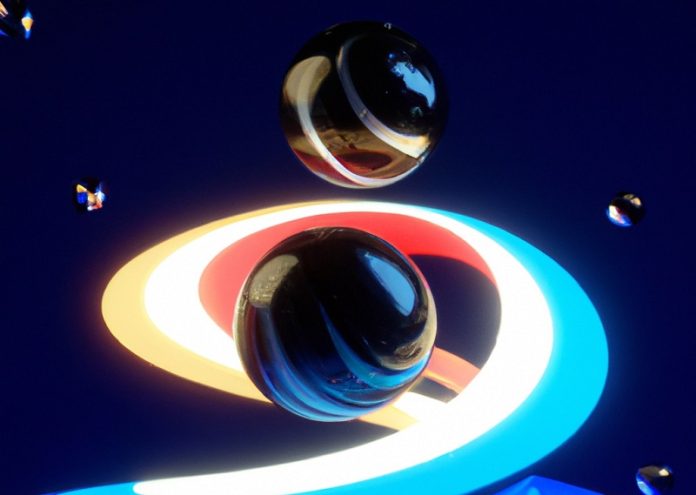
Ever wonder how hurricanes spin or algae move in water?
Now, scientists have created a system that copies these movements on a tiny scale, using particles so small they’re nearly invisible!
This exciting research was recently shared in the scientific journal, Nature Communications.
Here’s what’s happening: living things are full of materials that constantly move energy around. This energy movement is what allows cells and even whole organisms to move.
Matan Yah Ben Zion, who was studying for his Ph.D. in physics at New York University when he took part in this project, says by building mini machines that can move like cells, we can learn even more about how complicated the natural world really is.
This research specifically looked at something called ‘vortical flows.’ These are basically patterns of motion seen in things like algae in water or the winds in hurricanes.
These patterns result from the particles themselves spinning and creating a sort of whirlpool effect, leading to complex interactions.
To mimic these whirlpool-like movements, the team of researchers made super tiny ‘micro-rotors’. These are about ten times smaller than the width of a human hair!
They used a laser beam to get these micro-rotors to move tiny particles around, a process developed by Paul Chaikin, an NYU physics professor, and his team in a previous study.
What’s cool is that these spinning particles all affect each other’s movements. The scientists found that their motions were very similar to what happens in real algae that dance around each other in water.
Not only that, but they also noticed that as the particles orbit in a circle, their spins change in a way that also matches what’s seen in algae.
Ben Zion, who now works at Tel Aviv University, explains that they’ve essentially copied a process that happens in nature with artificial particles on an ultra-small scale.
This means they have recreated the algae dance in a synthetic, or man-made, system, which helps us better understand how living things work.
This fascinating study was supported by the Department of Energy, proving once again that science can be just as cool as it sounds!
Follow us on Twitter for more articles about this topic.



